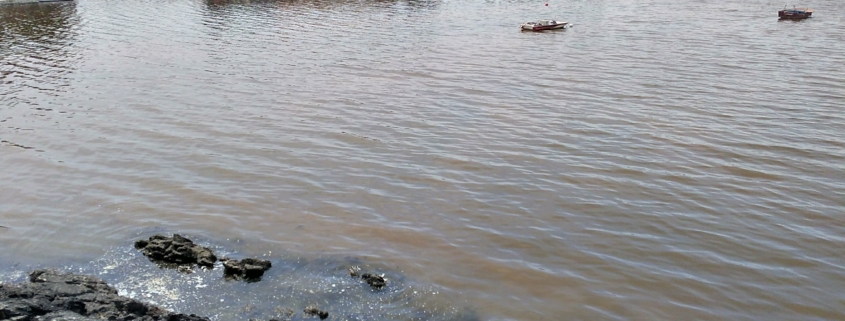Biological control of the formation and toxic potential of harmful algal blooms (BIOTOX, knowledge generation projects 2021; 2023-2026)
The BIOTOX project (coordinated by the University of Vigo (Biological Oceanography Group) and the Vigo Oceanographic Center (VGOHAB Group, IEO-CSIC)) aims to evaluate the role of biological interactions in the development of harmful algal blooms. To do this, BIOTOX focuses its attention on the proliferations of the dinoflagellate Alexandrium minutum as a model system.
Specifically, BIOTOX will combine intensive field sampling with experiments on natural microbiomes and axenic cultures of A. minutum to test the following hypotheses:
Hypothesis 1: Temporal variations in the composition of the bacterial microbiome influence the growth dynamics and toxin production of HAB species.
Hypothesis 2: The impact of the bacterial microbiome on HAB development and toxin production is mediated by chemicals that promote or enhance algal growth and/or toxin production.
Hypothesis 3: Parasitic infection plays an important role during A. minutum proliferations and their development, influencing the growth, toxicity, life cycle and genetic variability of the host, and as a consequence, the dimensions and duration of the proliferations.
Hypothesis 4: Bioactive substances derived from Zostera seagrasses inhibit the growth and toxin production of A. minutum and are effectively released into the water column, which in turn affects the microbial community.



